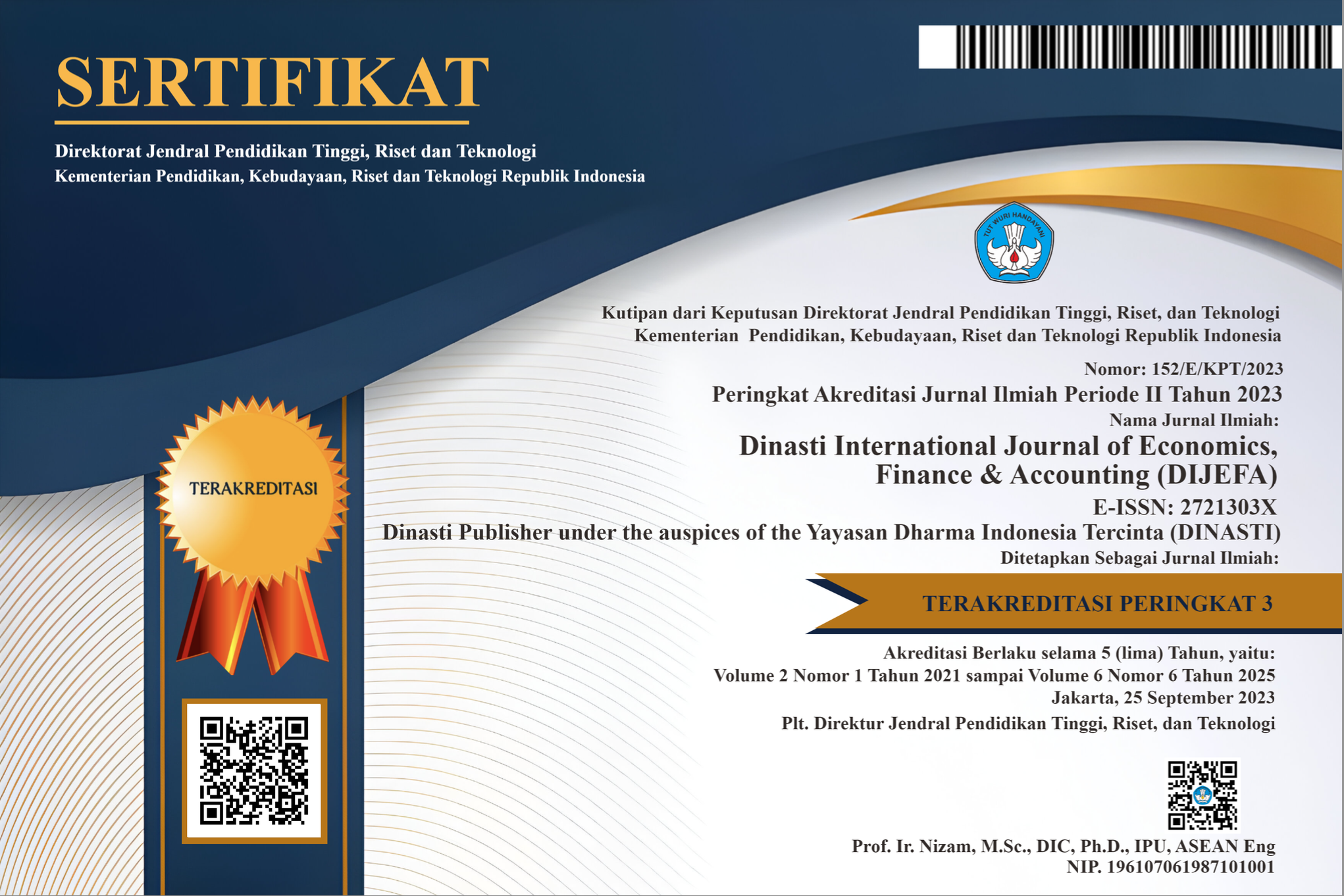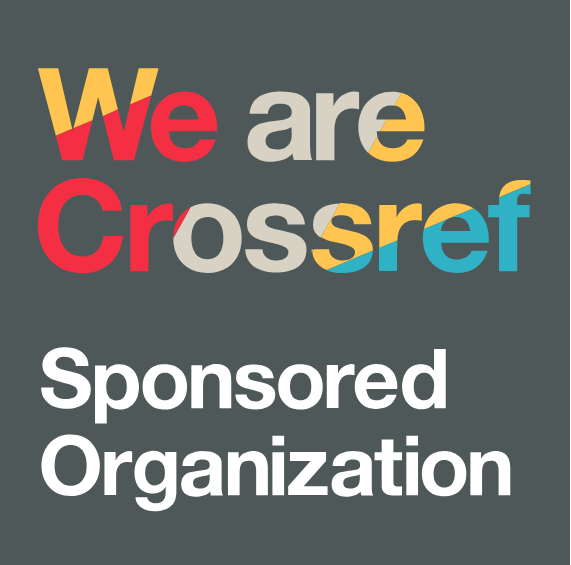The Influence of Social Media Brand-Related Communication on Brand Equity and Consumer Response Towards Online Bootcamp Brands in Indonesia
DOI:
https://doi.org/10.38035/dijefa.v5i5.3470Keywords:
Social Media Brand-Related Communication, Brand Equity, Consumer Response, Online BootcampAbstract
Education technology industry in Indonesia is experiencing rapid growth, marked by increased adoption and projected revenues, leading to the emergence of companies offering bootcamp services and using social media as a primary promotional tool. This study aims to examine the impact of social media brand-related communication, specifically Firm-Created Content (FCC) and User-Generated Content (UGC), on Brand Equity and consumer response in the online bootcamp market in Indonesia. Using a quantitative approach and online survey method, data were collected from 203 respondents and analyzed using Structural Equation Modeling (SEM). The study reveals that both FCC and UGC are effective tools for building brand equity and enhancing consumer response. Therefore, online bootcamps should focus on developing and implementing effective FCC and UGC strategies to achieve success in this competitive market
References
Aaker, D. (1991). Manage brand equity. New York: The Free Press.
Agaba, M. K., & Kalu, E. O. (2019). Brand equity and competitive advantage in alcoholic beverage products. International Journal of Management and Network Economics, 4(3), 246–262.
Aprilia, Y., & Andarini, S. (2023). Pengaruh Product Quality dan Brand Trust terhadap Repurchase Intention Melalui Customer Satisfaction sebagai Variabel Intervening pada Produk Kecantikan Brand Somethinc. Al-Kharaj: Jurnal Ekonomi, Keuangan & Bisnis Syariah, 5(6), 3193–3205.
Bao, Z., & Chau, M. (2017). The Effect of Marketer-Generated Content and User-Generated Content on Perceived Product Quality.
Chavadi, C. A., Sirothiya, M., Menon, S. R., & MR, V. (2023). Modelling the effects of social media–based brand communities on brand trust, brand equity and consumer response. Vikalpa, 48(2), 114–141.
Demba, D., Chiliya, N., Chuchu, T., & Ndoro, T. (2019). How user-generated content advertising influences consumer attitudes, trust and purchase intention of products and services. Communicare: Journal for Communication Sciences in Southern Africa, 38(1), 136–149.
García-Morales, V. J., Garrido-Moreno, A., & Martín-Rojas, R. (2021). The transformation of higher education after the COVID disruption: Emerging challenges in an online learning scenario. Frontiers in Psychology, 12, 616059.
Hair Jr, J., Hair Jr, J. F., Hult, G. T. M., Ringle, C. M., & Sarstedt, M. (2021). A primer on partial least squares structural equation modeling (PLS-SEM). Sage publications.
Hussein, A. S., & Yuniarinto, A. (2022). The Effect of Brand Experience on Brand Loyalty in Indonesian automotive Industry: The Mediating Role of Customer Satisfaction and Brand Trust. Journal of Business and Management Review, 3(2), 106–118.
Juki?, D. (2023). Beyond brand image: A neuromarketing perspective. Communication Today, 14(1), 22–38.
Kotler, P., & Keller, K. L. (2012). Marketing management 14th edition. Pearson education. https://eprints.itn.ac.id/13606/
Krisnawan, I., & Jatra, I. M. (2021). The Effect of Brand Image, Brand Awareness, and Brand Association on Smartphone Purchase Intention (Case Study in Denpasar). American Journal of Humanities and Social Sciences Research (AJHSSR), 5(6), 117–122.
Lacka, E., Boyd, D. E., Ibikunle, G., & Kannan, P. K. (2022). Measuring the real-time stock market impact of firm-generated content. Journal of Marketing, 86(5), 58–78.
Lin, C.-T. L., & Chuang, S.-S. (2018). The importance of brand image on consumer purchase attitude: A case study of E-Commerce in Taiwan. Studies in Business and Economics, 13(3), 91–104.
Maharani, A. S., & Hidayat, A. (2023). The influence of brand innovativeness and quality affect consumer perceived value: the role of symbolic brand qualities as mediating. International Journal of Research in Business and Social Science (2147-4478), 12(4), 15–32.
Malhotra, N. K. (2020). Marketing research: an applied prientation. pearson.
Mao, Y., Lai, Y., Luo, Y., Liu, S., Du, Y., Zhou, J., Ma, J., Bonaiuto, F., & Bonaiuto, M. (2020). Apple or Huawei: Understanding flow, brand image, brand identity, brand personality and purchase intention of smartphone. Sustainability, 12(8), 3391.
Melania, M., Kadir, A., Pamungkas, A. R., & Gupta, S. (2024). Contribution of Non-Formal Education to Improve the Quality of Human Resources. Journal of Nonformal Education, 10(1).
Mu, J., Zhang, J., Borah, A., & Qi, J. (2022). Creative appeals in firm-generated content and product performance. Information Systems Research, 33(1), 18–42.
Poulis, A., Rizomyliotis, I., & Konstantoulaki, K. (2019). Do firms still need to be social? Firm generated content in social media. Information Technology & People, 32(2), 387–404.
Putra, A. H. P. K., Ilyas, G. B., Samiha, Y. T., & Lestari, S. D. (2021). Configure the Symmetrical and Asymmetrical Paths of Brand Equity and Relationship of Firm Created Content and User Generated Content as Antecedent. Jurnal Manajemen Bisnis, 8(1), 90–103.
Raji, R. A., Mohd Rashid, S., Mohd Ishak, S., & Mohamad, B. (2020). Do firm-created contents on social media enhance brand equity and consumer response among consumers of automotive brands? Journal of Promotion Management, 26(1), 19–49.
Scherer, R., Siddiq, F., & Tondeur, J. (2019). The technology acceptance model (TAM): A meta-analytic structural equation modeling approach to explaining teachers’ adoption of digital technology in education. Computers & Education, 128, 13–35.
Tunçel, N., & Y?lmaz, N. (2020). How Does Firm-and User-Generated Content Benefit Firms and Affect Consumers?: A Literature Review. Managing Social Media Practices in the Digital Economy, 97–120.
Warbung, C. J. E., Wowor, M. C., Walean, R. H., & Mandagi, D. W. (2023). The impact of social media marketing on beauty clinic brand equity: the Case of Zap Manado. International Journal of Professional Business Review: Int. J. Prof. Bus. Rev., 8(4), 8.
Wei, L. H., Huat, O. C., & Thurasamy, R. (2023). The impact of social media communication on consumer-based brand equity and purchasing intent in a pandemic. International Marketing Review, 40(5), 1213–1244.
Downloads
Published
How to Cite
Issue
Section
License
Copyright (c) 2024 Gregorius Adhisakti, Triana Rahajeng Hadiprawoto

This work is licensed under a Creative Commons Attribution 4.0 International License.
Authors who publish their manuscripts in this journal agree to the following conditions:
- The copyright on each article belongs to the author(s).
- The author acknowledges that the Dinasti International Journal of Economics, Finance & Accounting (DIJEFA) has the right to be the first to publish with a Creative Commons Attribution 4.0 International license (Attribution 4.0 International (CC BY 4.0).
- Authors can submit articles separately, arrange for the non-exclusive distribution of manuscripts that have been published in this journal into other versions (e.g., sent to the author's institutional repository, publication into books, etc.), by acknowledging that the manuscript has been published for the first time in the Dinasti International Journal of Economics, Finance & Accounting (DIJEFA).


























































